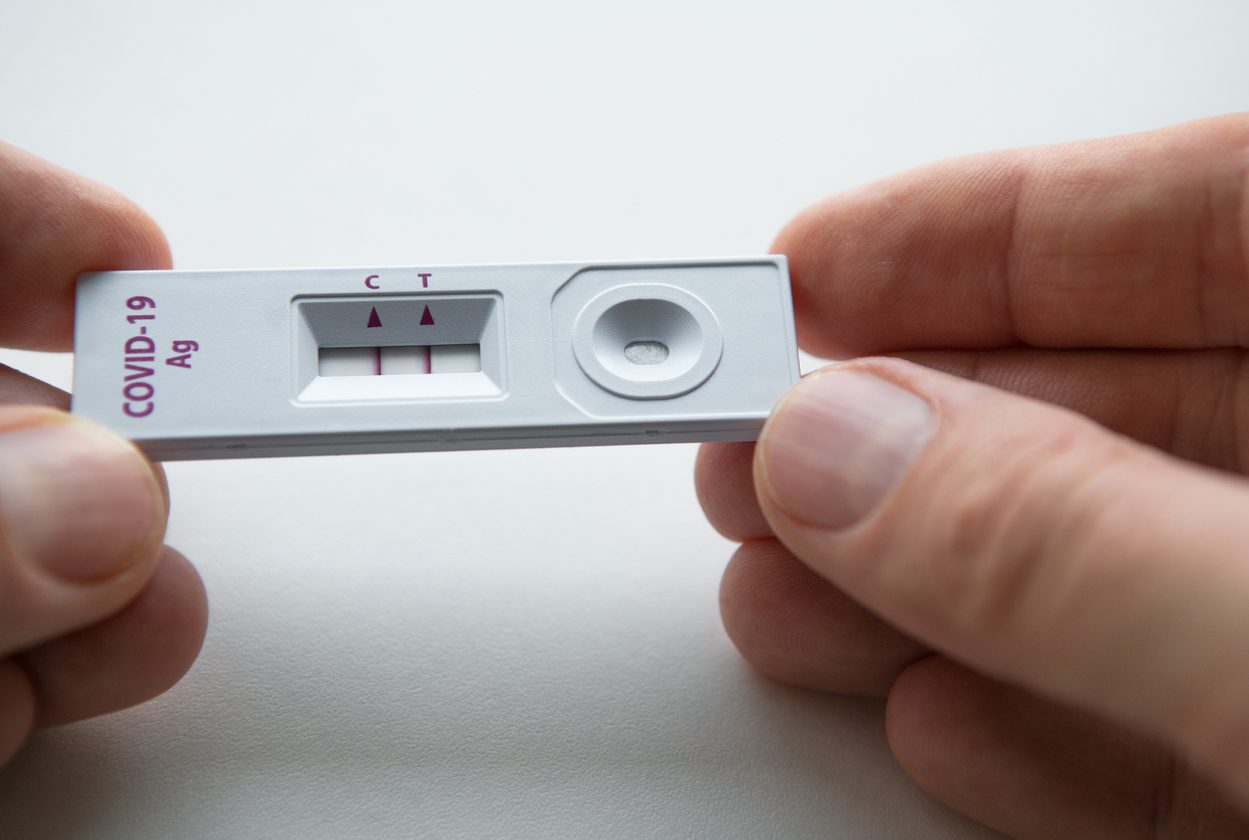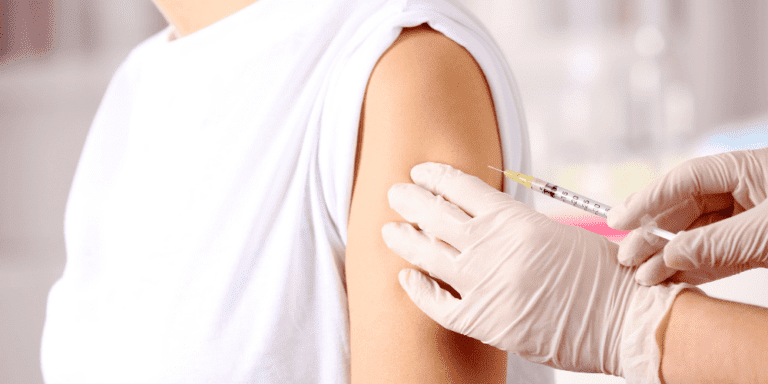That said, COVID is by no means behind us. The threat of severe illness remains higher for many people, and we’re all potentially at risk of developing long COVID.
While many people appear to be doing fewer rapid antigen tests (RATs) than they used to – if any at all – with rising cases, and as we head towards the festive season, testing continues to be important.
So what do you need to know about testing in this wave? Here are four key questions answered.
1. When should I do a RAT?
There are a few situations where determining your COVID status is important to inform your actions, particularly during an uptick in infections. With more circulating virus, your index of suspicion that you have COVID if you’re experiencing cold-like symptoms should be higher.
RATs work best when they’re used to confirm whether you have COVID when you have respiratory symptoms and are infectious. So the primary use of RATs should be to determine your COVID status when you’re sick. A positive test should prompt you to isolate, and if you’re eligible, to seek antivirals.
Testing might also be worthwhile if you’ve come into contact with someone with COVID but you haven’t developed symptoms. If you find you have in fact contracted the virus, you can take steps to avoid spreading it to other people (you can infect others even when you’re asymptomatic). This is especially important if you’re going to be socialising in large groups or in contact with people who are vulnerable.
Another situation in which to consider testing, particularly at this time of year, is before attending large social gatherings. While the reliability of a RAT is never perfect, do the test as close to the event as possible, because your disease status can change quickly.
2. Should I test multiple times?
Yes. RATs are not as sensitive as PCR tests, which is the trade-off we make for being able to do this test at home and getting a rapid result.
This means that while if you test positive with a RAT you can be very confident you have COVID, if you test negative, you cannot be as confident that you don’t have COVID. That is, the test may give you a false negative result.
Although RATs from different manufacturers have different accuracies, all RATs approved by Australia’s Therapeutic Goods Administration must have a sensitivity of at least 80%.
The way to increase your confidence in a negative result is to do multiple RATs serially – each negative test increases the confidence you can have that you don’t have COVID. If you have symptoms and have tested negative after your first RAT, the advice is to repeat the test after 48 hours, and potentially a third time after another 48 hours if the second test is also negative.
3. Do RATs detect the latest variants?
Since RATs detect particular surface proteins on SARS-CoV-2 (the virus that causes COVID), it’s theoretically possible that as the virus evolves, the reliability of these tests may be affected.
However, RATs were designed to detect a part of the virus that is not as likely to mutate, so the hope is these tests will continue to hold up as SARS-CoV-2 evolves.
The performance of RATs is continually being assessed by manufacturers. So far, there’s been no change reported in the ability of these tests to detect the latest variants.
4. Can I rely on expired RATs?
At this point in the pandemic, you might have a few expired tests at the back of your cupboard.
Technically the most appropriate advice is to say you should never use a diagnostic test past its expiry date. As a general principle the performance of a test cannot be guaranteed beyond this date. The risk is that over time the components of the RAT degrade and if you use a test that’s not working optimally, it’s more likely to indicate you don’t have COVID when you actually do, which may have consequences.
However, as for all things COVID, the answer is not so black and white. Since these tests were new when they were introduced earlier in the pandemic, manufacturers didn’t have specific data on their performance over time, and so the expiry dates given were necessarily conservative.
It’s likely these tests will work beyond the expiry dates on the packet, but just how long and how well they work is a bit of an unknown, so we need to be cautious.
The other thing to consider is ensuring you store RATs correctly. Storage instructions should be found on the packet, but the key issue is making sure they’re not exposed to extreme temperatures. In particular, high temperatures may damage the chemicals in the test which may reduce its sensitivity.
The path from here
Regular upticks in COVID cases are something we’re going to have to get used to. At these times, we should all be a bit more cautious about looking after ourselves and others as we go about our lives. What this looks like will vary for different people depending on their personal circumstances.
However, being up to date with booster vaccinations, having a plan for accessing antivirals if you’re eligible, wearing masks in high-risk settings and testing all continue to play an important role in responding to COVID.![]()
Hassan Vally, Associate Professor, Epidemiology, Deakin University
This article is republished from The Conversation.







